The vastness of the world’s oceans is truly awe-inspiring. Covering over 70% of the Earth’s surface, these colossal bodies of water are essential to our planet’s climate, weather patterns, and overall health. Among them, five oceans stand out due to their immense size and significant influence on the global ecosystem: the Arctic Ocean, the Southern Ocean, the Indian Ocean, the Atlantic Ocean, and the Pacific Ocean. Let’s delve into the unique characteristics and significance of each of these largest oceans in the world.
5. Arctic Ocean
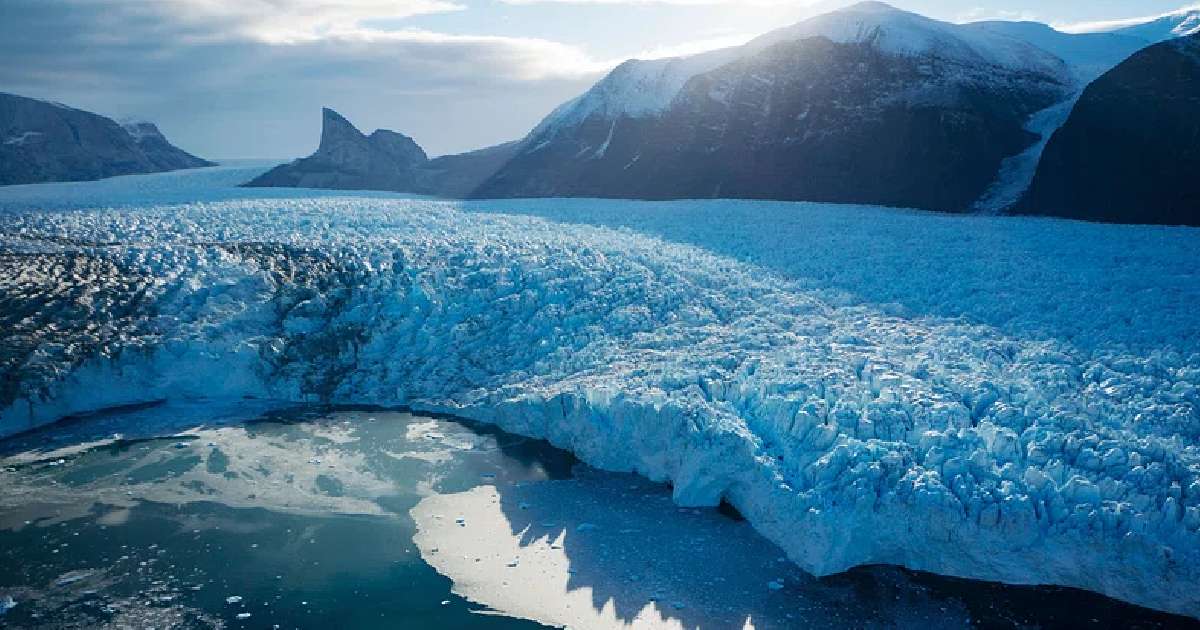
- Area: 5.4 million square miles (14 million square kilometers)
- Key Features:
- Seasonal sea ice variations
- Crucial role in global climate regulation
- Home to unique Arctic wildlife
The Arctic Ocean, the smallest of the world’s oceans, encircles the North Pole and is bordered by the northernmost parts of North America, Europe, and Asia. This ocean spans approximately 5.4 million square miles, making it the smallest ocean basin on Earth.
Despite its size, the Arctic Ocean is crucial for climate regulation due to its reflective ice cover, which significantly affects global temperatures. The sea ice here undergoes dramatic seasonal changes, expanding in winter and retreating in summer, a pattern that has been increasingly altered by global warming.
Beneath its icy surface, the Arctic Ocean hosts a rich array of marine life, from iconic polar bears and walruses to various species of seals and seabirds. These animals are uniquely adapted to the harsh conditions of this frigid environment.
Moreover, the Arctic Ocean basin is geopolitically significant due to its potential shipping routes and vast reserves of untapped natural resources, including oil and gas. However, this also raises concerns about environmental preservation and sustainable resource management, given the fragile nature of this ecosystem.
4. Southern Ocean
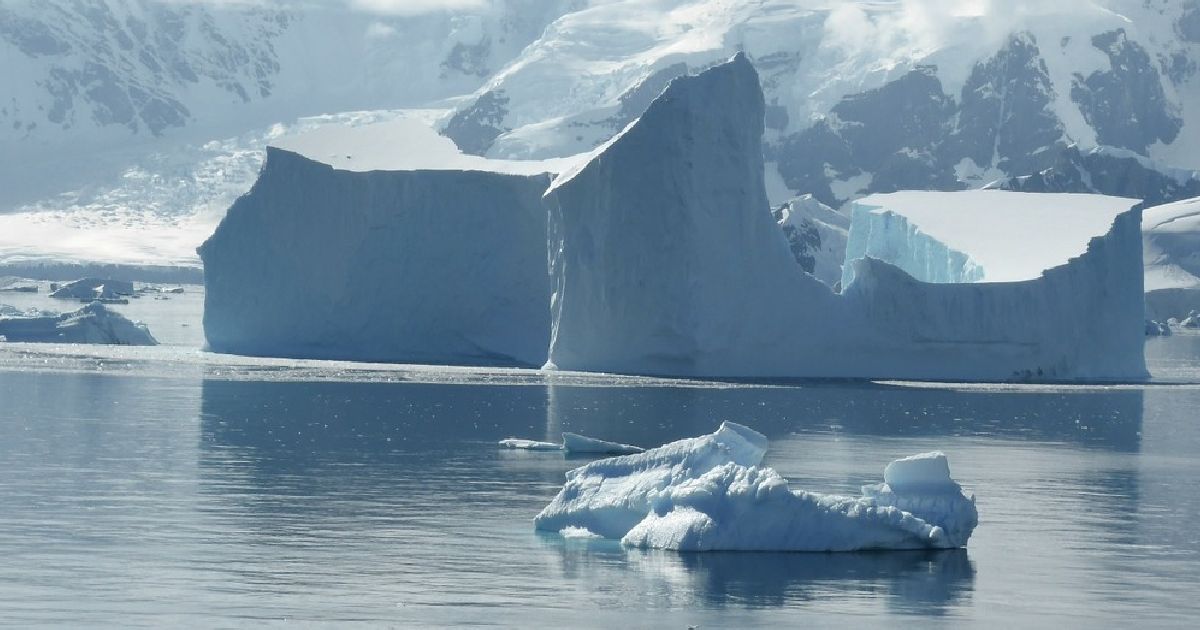
- Area: 7.8 million square miles (20.3 million square kilometers)
- Key Features:
- Surrounds Antarctica
- Integral to the global carbon cycle
- Hosts unique marine species like krill and penguins
The Southern Ocean, also known as the Antarctic Ocean, is a relatively new addition to the world’s recognized oceans. Encompassing an area of about 7.8 million square miles, it stretches from the coast of Antarctica to the 60th parallel south.
This ocean plays a pivotal role in the Earth’s climate system by driving the Antarctic Circumpolar Current, which is the most powerful ocean current on Earth, circulating from west to east around the continent. This current helps regulate the global climate by influencing oceanic and atmospheric circulation patterns.
The Southern Ocean is home to a diverse range of marine life, including krill, which forms the foundation of the Antarctic food web, supporting species like whales, seals, and penguins. These nutrient-rich waters are a haven for scientific research, with numerous research stations studying everything from marine biology to climate change.
Despite its remoteness, the Southern Ocean is not immune to human impact. Climate change, overfishing, and pollution pose significant threats to its delicate ecosystems, prompting international efforts to protect this unique environment through treaties and conservation initiatives.
3. Indian Ocean
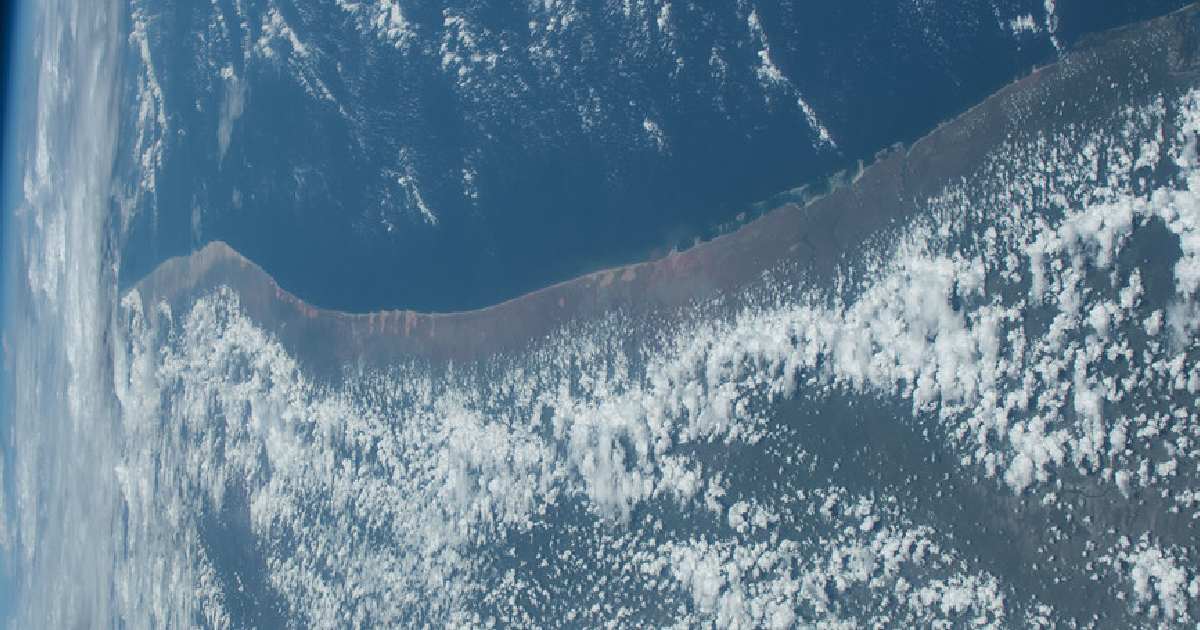
- Area: 28 million square miles (73 million square kilometers)
- Key Features:
- Warm waters and diverse ecosystems
- Significant for global trade routes
- Influences regional climate through monsoon patterns
The Indian Ocean, the third largest ocean in the world, covers an area of approximately 28 million square miles. It is bounded by Africa to the west, Asia to the north, Australia to the east, and merges with the Southern Ocean to the south.
This ocean basin is known for its warm temperatures and diverse marine ecosystems, including vibrant coral reefs and extensive mangrove forests. The Indian Ocean basin is a crucial corridor for global trade, historically serving as the maritime Silk Road, facilitating the exchange of goods and cultures between the East and West.
The Indian Ocean’s warm waters support an incredible variety of marine life, from the colorful coral reefs of the Maldives and Seychelles to the mangrove forests lining its coasts. The monsoon winds that blow across the Indian Ocean basin influence regional weather patterns and have historically guided traders and explorers.
Today, the Indian Ocean remains a vital route for international commerce while also playing a key role in regional climate regulation through phenomena like the Indian Ocean Dipole, which affects weather patterns and cyclone activity across surrounding landmasses.
2. Atlantic Ocean
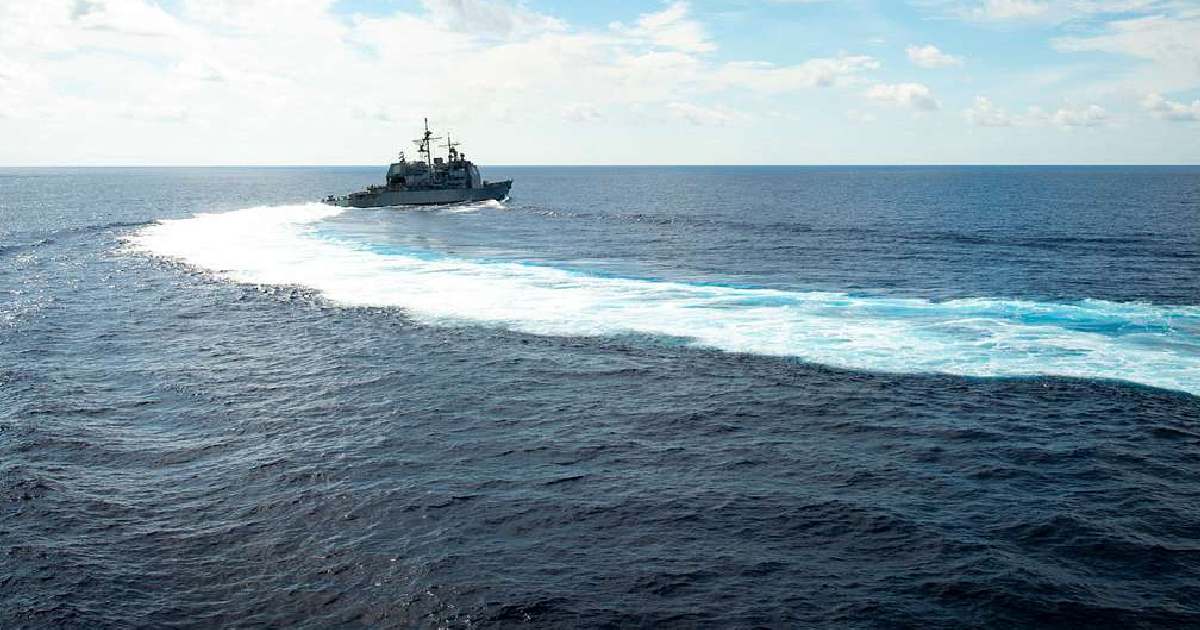
- Area: 41 million square miles (106 million square kilometers)
- Key Features:
- Connects the Americas, Europe, and Africa
- Influential ocean currents like the Gulf Stream
- Rich in diverse marine ecosystems
The Atlantic Ocean, the second largest ocean on Earth, spans about 41 million square miles from the Arctic in the north to the Antarctic in the south. It serves as a vital link between the Americas, Europe, and Africa, making it a key route for global trade and exploration.
The Atlantic Ocean connects these continents and has played a central role in human history, from the age of exploration to modern-day commerce. Its strategic position has facilitated the exchange of goods, cultures, and ideas for centuries.
One of the most notable features of the Atlantic Ocean is the Gulf Stream, a powerful warm current that flows from the Gulf of Mexico to the North Atlantic. This current significantly influences the climate of the eastern United States and Western Europe, moderating temperatures and impacting weather patterns.
The Atlantic is also home to diverse marine ecosystems, including vast coral reefs, deep-sea trenches, and the geologically significant Mid-Atlantic Ridge. These environments support a rich variety of marine life, from the smallest plankton to the largest whales, highlighting the ocean’s ecological importance.
1. Pacific Ocean
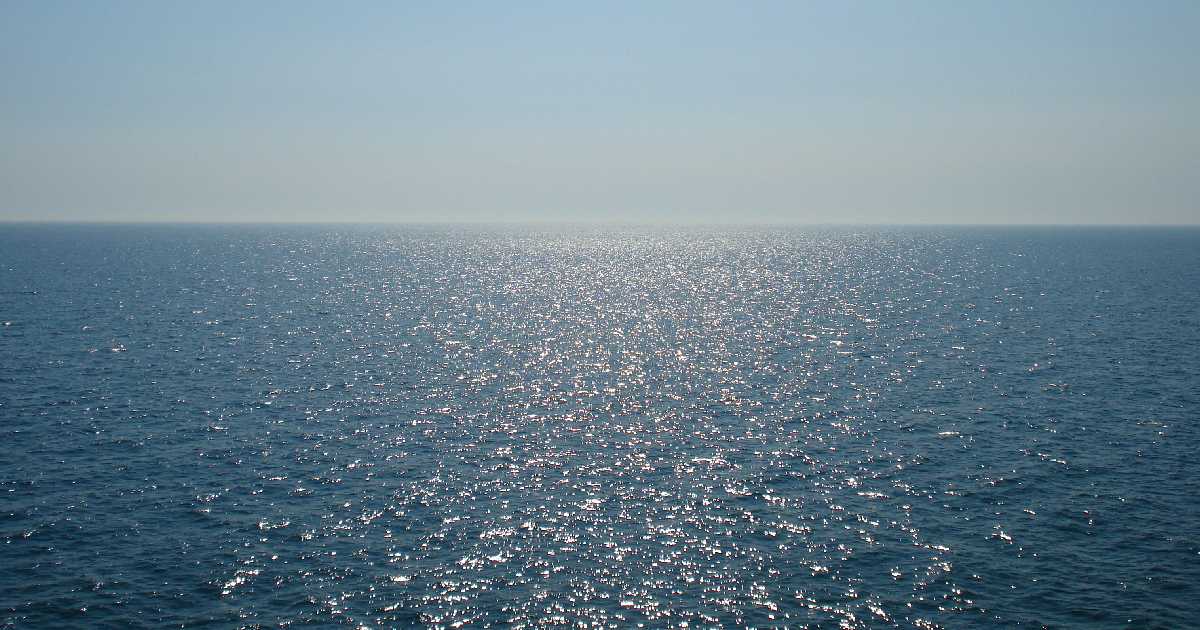
- Area: 63 million square miles (165 million square kilometers)
- Key Features:
- The largest and deepest ocean
- Encompasses the world’s largest coral reef, the Great Barrier Reef
- Influences global climate through phenomena like El Niño and La Niña
The Pacific Ocean covers an astounding 63 million square miles, making it the largest and deepest ocean basin on Earth. Stretching from the Arctic in the north to the Antarctic in the south and from the Americas in the east to Asia and Australia in the west, the Pacific Ocean’s vast expanse is unrivaled.
It holds the title of the largest ocean basin, with an average depth of about 12,080 feet, and reaches its deepest point at the Mariana Trench, which plunges to around 36,070 feet. The Pacific Ocean basin is a hotspot for biodiversity, hosting the world’s largest coral reef, the Great Barrier Reef, and supporting an incredible array of marine life.
This ocean plays a crucial role in regulating global climate through phenomena such as El Niño and La Niña, which involve variations in sea surface temperatures and atmospheric pressure that have far-reaching effects on global weather patterns. The Pacific Ocean covers more area than all the continents combined, highlighting its significant impact on the Earth’s climate and ecosystems.
Conclusion
The world’s oceans are not just vast bodies of water; they are dynamic and complex systems that play an integral role in sustaining life on Earth. From the icy waters of the Arctic Ocean basin to the warm, biodiverse Indian Ocean basin, and from the historical significance of the Atlantic Ocean to the immense expanse of the Pacific Ocean, each ocean contributes uniquely to our planet’s health and our understanding of the natural world.
The Southern Ocean, encircling Antarctica, further emphasizes the interconnectedness of these vast marine environments. Understanding and preserving these largest oceans in the world is crucial for the future well-being of our planet and its inhabitants. The health of our oceans is a reflection of the health of our Earth, and it is our responsibility to ensure they remain vibrant and thriving for generations to come.
Frequently Asked Questions (FAQs)
What are the 5 largest oceans in the world?
The five largest oceans in the world, in order of size, are the Pacific Ocean, Atlantic Ocean, Indian Ocean, Southern Ocean, and Arctic Ocean. The Pacific Ocean is the largest, covering about 63 million square miles, followed by the Atlantic Ocean at 41 million square miles. The Indian Ocean covers approximately 28 million square miles, the Southern Ocean spans 7.8 million square miles, and the Arctic Ocean, the smallest, covers around 5.4 million square miles. These oceans play crucial roles in regulating Earth’s climate, supporting marine life, and facilitating global trade.
What are the top 3 biggest oceans?
The top three biggest oceans in the world are the Pacific Ocean, Atlantic Ocean, and Indian Ocean. The Pacific Ocean is the largest and deepest, covering about 63 million square miles and influencing global climate patterns through phenomena like El Niño. The Atlantic Ocean is the second largest, spanning 41 million square miles and connecting the Americas, Europe, and Africa. The Indian Ocean, the third largest, covers around 28 million square miles and is known for its warm waters and significant influence on regional climate and monsoon patterns.
What are the 7 oceans of the world, largest to smallest?
The seven oceans, listed from largest to smallest, are the Pacific Ocean, Atlantic Ocean, Indian Ocean, Southern Ocean, and Arctic Ocean. The Pacific Ocean is the largest at 63 million square miles, followed by the Atlantic Ocean at 41 million square miles. The Indian Ocean spans 28 million square miles, the Southern Ocean covers 7.8 million square miles, and the Arctic Ocean, the smallest, encompasses 5.4 million square miles. The classification of oceans reflects their size, depth, and unique ecological and climatic roles.
What are the 7 seas and 5 oceans?
The term “7 seas” traditionally referred to specific regional waters in ancient and medieval literature but today often encompasses the North Atlantic, South Atlantic, North Pacific, South Pacific, Indian, Southern, and Arctic Oceans. The 5 oceans are the Pacific Ocean, Atlantic Ocean, Indian Ocean, Southern Ocean, and Arctic Ocean. These vast bodies of water are crucial for global marine biodiversity, climate regulation, and human exploration and trade.
What’s the difference between an ocean and a sea?
An ocean is a vast, continuous body of saltwater, much larger and deeper than a sea, and covers large portions of Earth’s surface. Oceans, such as the Pacific and Atlantic, play significant roles in climate regulation and support extensive marine ecosystems. Seas, on the other hand, are smaller, partially enclosed by land, and often located where the land and ocean meet. Examples include the Mediterranean Sea and the Caribbean Sea. Seas are typically shallower than oceans and have more direct human interaction and influence due to their proximity to coastlines.

